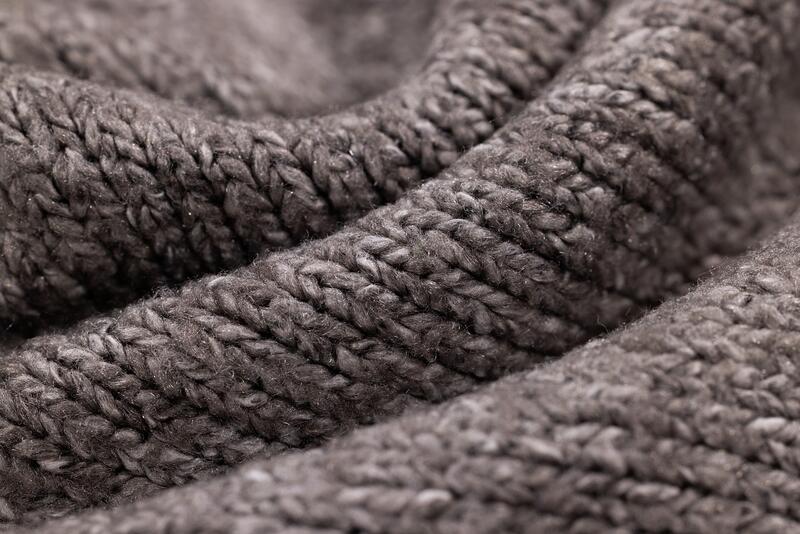Strategies for Achieving Decarbonization in Weaving of textiles: A Deep Dive
This article explores strategies for reducing carbon emissions in the textile industry, with a focus on weaving techniques.

Introduction
The weaving of textiles sector is a crucial part of the global economy, providing clothing, household items, and industrial materials. However, this sector also contributes significantly to carbon emissions, which contribute to climate change. Decarbonisation in the weaving of textiles sector is therefore an essential step towards reducing the sector's impact on the environment. This article will explore the importance of decarbonisation in the weaving of textiles sector, the main sources of carbon emissions, strategies for reducing emissions, challenges facing decarbonisation, and the implications of decarbonisation for the sector.
What is Decarbonisation in the Weaving of Textiles Sector and Why is it Important?
Decarbonisation refers to the process of reducing carbon emissions, which are a major contributor to climate change. In the weaving of textiles sector, decarbonisation involves reducing the sector's carbon footprint by reducing emissions from all stages of the production process, including raw material extraction, processing, transportation, and disposal. Decarbonisation is important because the weaving of textiles sector is a significant contributor to carbon emissions. According to the World Bank, the textile industry is responsible for 8% of global carbon emissions, which is more than the emissions from all international flights and maritime shipping combined. Decarbonisation is therefore crucial for reducing the sector's impact on the environment and mitigating the effects of climate change.
Main Sources of Carbon Emissions in the Weaving of Textiles Sector
The weaving of textiles sector is a complex and multi-stage process that involves many different activities, each of which contributes to carbon emissions. The main sources of carbon emissions in the weaving of textiles sector include:
- Raw material production: The production of raw materials such as cotton, wool, and synthetic fibers requires energy and resources, which contribute to carbon emissions. For example, the production of cotton requires large amounts of water and pesticides, which can have a significant impact on the environment.
- Processing: The processing of raw materials into textiles involves energy-intensive activities such as spinning, weaving, and dyeing. These activities require large amounts of energy and water, which contribute to carbon emissions.
- Transportation: The transportation of raw materials, finished products, and waste products requires energy and contributes to carbon emissions. The weaving of textiles sector is a global industry, and products are often transported long distances, which increases emissions.
- Waste disposal: The disposal of waste products such as fabric scraps and packaging materials also contributes to carbon emissions. These materials are often burned or sent to landfills, which release greenhouse gases into the atmosphere.
How Can We Reduce Carbon Emissions in the Weaving of Textiles Sector?
Reducing carbon emissions in the weaving of textiles sector requires a multi-faceted approach that addresses emissions at all stages of the production process. Some strategies for reducing emissions include:
- Raw material production: One strategy for reducing emissions from raw material production is to use sustainable and organic materials that require less water and energy to produce. Another strategy is to reduce waste and increase efficiency in the production process.
- Processing: Strategies for reducing emissions from processing include using renewable energy sources such as solar and wind power, improving energy efficiency in factories, and using water-saving technologies.
- Transportation: Strategies for reducing emissions from transportation include using more efficient modes of transportation such as rail and sea freight, reducing the distance products are transported, and using electric or hybrid vehicles.
- Waste disposal: Strategies for reducing emissions from waste disposal include recycling and reusing materials, reducing waste in the production process, and using more sustainable packaging materials.
Challenges Facing Decarbonisation in the Weaving of Textiles Sector
Decarbonisation in the weaving of textiles sector faces several challenges, including:
- Cost: Many of the strategies for reducing emissions require significant investment, which can be a barrier for small and medium-sized businesses.
- Lack of awareness: Many businesses in the weaving of textiles sector may not be aware of the impact of their operations on the environment or the strategies available for reducing emissions.
- Lack of regulation: The weaving of textiles sector is not heavily regulated, which can make it difficult to enforce emissions reduction strategies.
- Supply chain complexity: The weaving of textiles sector involves many different stages and actors, which can make it difficult to implement emissions reduction strategies across the entire supply chain.
Implications of Decarbonisation for the Weaving of Textiles Sector
Decarbonisation has several implications for the weaving of textiles sector, including:
- Increased demand for sustainable materials: As consumers become more aware of the impact of their purchasing decisions on the environment, there is likely to be increased demand for sustainable and organic materials.
- Increased competition: As businesses strive to reduce their carbon footprint, there may be increased competition for sustainable materials and technologies.
- Increased regulation: As the impact of the weaving of textiles sector on the environment becomes more apparent, there may be increased regulation of the industry to reduce emissions.
- Increased innovation: The need to reduce emissions in the weaving of textiles sector is likely to drive innovation in sustainable materials and technologies.
Conclusion
Decarbonisation in the weaving of textiles sector is an essential step towards reducing the sector's impact on the environment and mitigating the effects of climate change. The main sources of carbon emissions in the sector include raw material production, processing, transportation, and waste disposal. Strategies for reducing emissions include using sustainable materials, improving energy efficiency, reducing waste, and using more efficient modes of transportation. However, decarbonisation faces several challenges, including cost, lack of awareness, lack of regulation, and supply chain complexity. Decarbonisation has several implications for the weaving of textiles sector, including increased demand for sustainable materials, increased competition, increased regulation, and increased innovation.